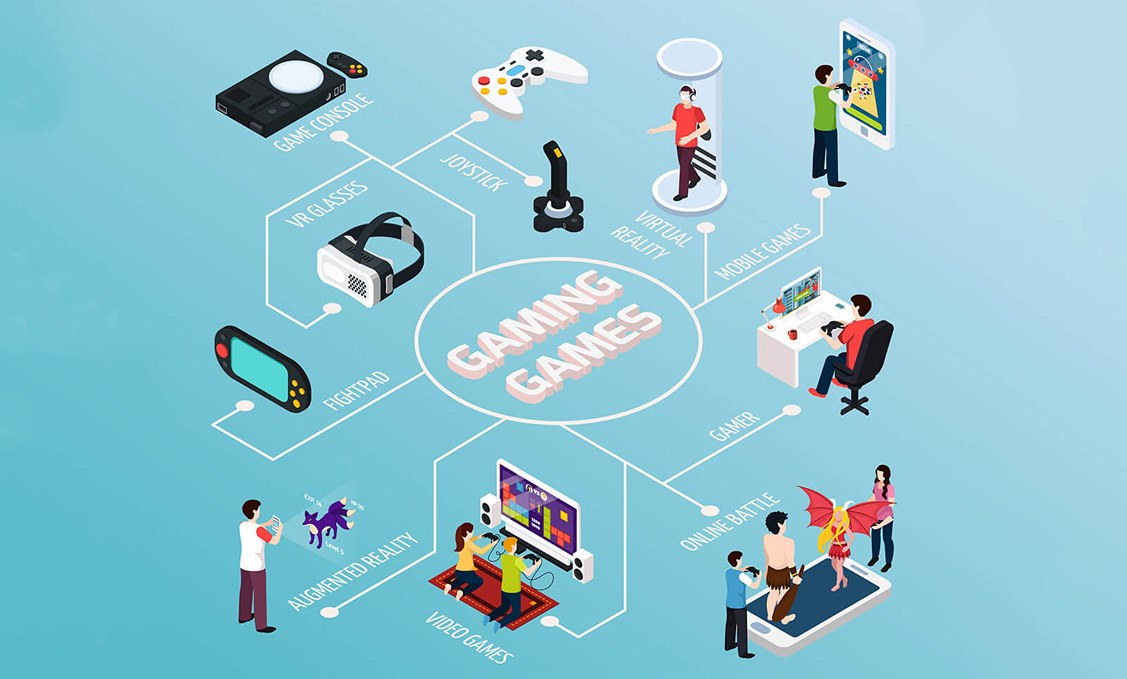Are you an inspiring creator who wants to build your own gaming studio setup? If your aim is to learn how to stand an indie game studio, then you should check out our top-tier guide on how to start a game studio to gain valuable insights.

Image Credit: starloopstudios
Contents
How to Make Your Own Game Studio – Start With the Office
Creating a productive and motivating workplace is all about finding the right balance between shared and individual areas. You can’t learn how to start a game studio just like that. Here are a few suggestions to achieve this balance:
Open Spaces and Breakout Rooms:
Starting a game studio is all about a balance between open spaces and private breakout rooms. Open spaces are excellent for brainstorming and collaboration, while breakout rooms provide a sanctuary for solo work or confidential meetings.
Flexible Furniture:
Choose furniture that can be easily reconfigured to accommodate various team sizes and working styles. Look for modular desks, ergonomic chairs, and mobile storage solutions that are easy to move around.
Game Room:
A dedicated game room allows team members to blow off steam, connect with each other, and recharge their creative batteries. Consider including gaming consoles, tabletop games, and comfortable seating.
Equipment and Technology: Tools of the Trade
Equip your studio with the latest hardware and software to stay ahead of the curve. Focus on the following areas to ensure your team has everything they need to bring their ideas to life:
High-performance Workstations:
Invest in powerful workstations that can handle the demands of game development, such as 3D modeling, rendering, and animation. Look for machines with ample RAM, fast processors, and powerful graphics cards.
Cutting-edge Software:
Equip your team with industry-standard software, such as game engines, 3D modeling programs, and audio editing tools. Stay updated on the latest developments and invest in software that meets the specific needs of your projects.
Collaboration Tools:
Embrace tools that promote communication and collaboration among team members, such as project management platforms, version control systems, and video conferencing software.
Lighting and Sound Design: A Symphony of Senses
A well-lit and acoustically balanced workspace can improve your team’s productivity and overall mood. Here’s how to create an inviting atmosphere that stimulates the senses:
Natural Lighting:
Maximize natural light by using large windows and skylights. Natural light boosts productivity, enhances mood, and promotes overall well-being.
Ambient and Task Lighting:
Incorporate ambient and task lighting to create a well-lit workspace without causing glare or eye strain. Use LED lights with adjustable brightness levels to cater to individual preferences.
Soundproofing and Acoustic Treatments:
Minimize noise pollution by using soundproofing materials and acoustic treatments. These measures help create a quiet and focused work environment while ensuring your sound design team can work without distractions.
Workspace Organization: A Place for Everything and Everything in Its Place
A well-organized workspace not only looks impressive but also enhances productivity. Follow these tips to create a clutter-free environment that keeps your team on track:
Storage Solutions:
Invest in storage solutions like filing cabinets, bookshelves, and mobile storage units. This will ensure that essential documents and tools are easily accessible and neatly stored away when not in use.
Cable Management:
Organize and conceal cables with cable management systems. Keeping cables tidy prevents accidents and makes your studio look more professional.
Personalized Workstations:
Encourage team members to personalize their workstations with items that inspire them, such as artwork, plants, or photographs. It will create a means of ownership and boost creativity.
Company Culture: The Heart and Soul of Your Studio
Creating a positive company culture is essential for maintaining a happy, productive, and loyal workforce. Keep these factors in mind when crafting your game development studio:
Encourage Professional Development:
Offer opportunities for team members to learn and grow by providing access to training programs, industry events, and mentorship. By investing in your employees’ development, you’re laying the groundwork for a stronger, more capable team.
Final words
So, as you embark on the journey of designing your ultimate gaming studio setup, remember that the key ingredients for a thriving workspace are all but enough, so make sure you keep up the good work all the time.


